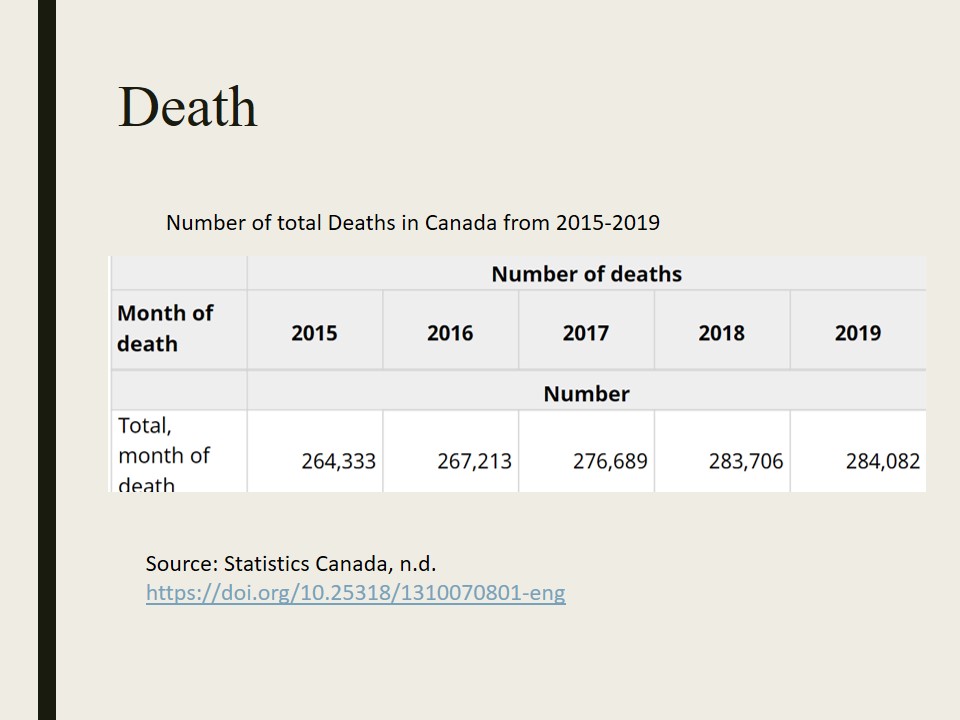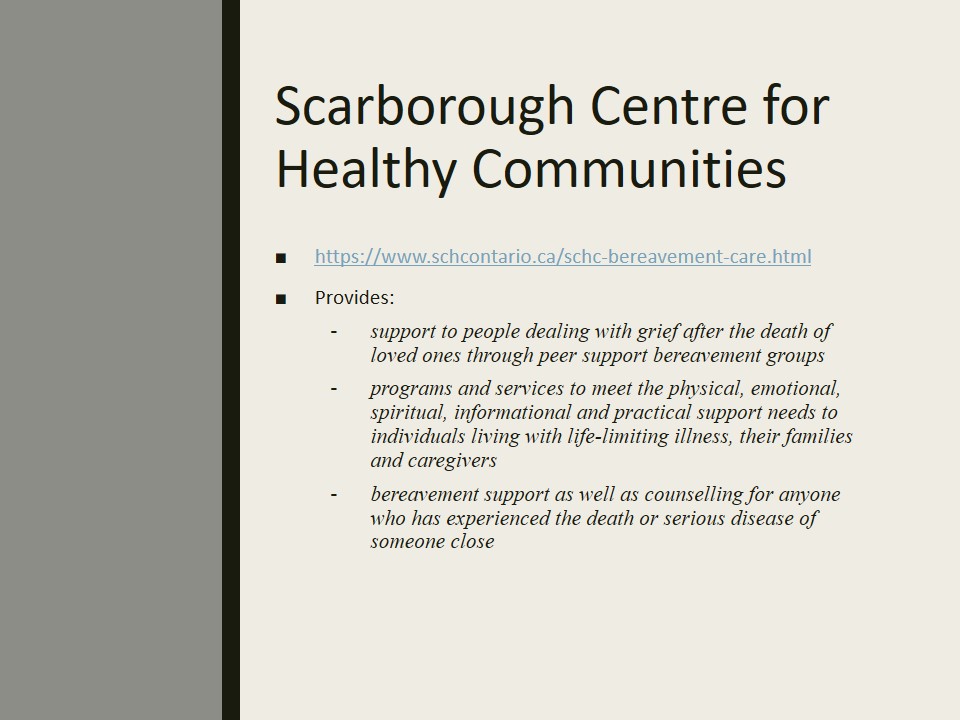Introduction to Community Resources(CR)
- A sense of community boosts health.
- Community Resources (CR) improves living standards.
- Governments influence the availability of CR.
- CR enhance education.
- Cost is a barrier to the accessibility of CR.
Quality childcare and early education services play a significant role in determining the young children’s healthy development in Canada. Governments direct policies and programs that support early childhood education. In the 2016 Census, Canada experienced a 4.9% increase in population from 2011, making its total population 35.1 million (Fernald, 2017). Of the population, 15% of Canadian children reside in single-parent homes. Issues such as increased poverty levels, single parenthood, social exclusion, unequal opportunities for all residents, divorce, lower parental education, unexpected life changes such as death and lack of recreation directly affect a child’s learning curve (Fernald, 2017). Despite these challenges, initiatives have been put in place to help manage the barriers to development through community resources.

Divorce
It is estimated that 40 percent of children in Canada reside in single-parent, binuclear and blended families. Divorce programs have similar goals: helping the children understand the reason for the divorce and the role they played, as well as assisting children in acquiring better coping mechanisms for dealing with the situation. Divorce causes separation anxiety in both the parent and the child (Cumming, 2017). Anxiety causes mental health problems if not correctly managed or causes learning difficulties in the child (Britto et al., 2017). Community divorce resources take three forms: educational therapy groups assisting children in coping with divorce, parental groups helping them with post-divorce adaptation, and individual therapy.

Community Family Services of Ontario
- multi service agency providing support for youths, families, seniors and immigrants;
- assist those suffering to reclaim their lives, gain a sense of self-worth, direction and purpose.

Newcomer support
According to Canada’s Immigration, the word newcomer describes people who have arrived in Canada within the last five years. Families migrate to Canada due to various reasons. It is essential to offer supportive services to these families as they face many challenges because of their immigration status. Most immigrants earn low incomes limiting their access to resources (Horner, 2019). It is important to gauge immigrants’ mental health directly affecting their children’s development.

ACSA Newcomers’ Centre
- Provides:
- settlement and orientation for newcomers;
- temporary accommodation and average stay of four months for non-residents particularly immigrants;
- emergency lodging, food, clothing, personal services and family reunification for refugees and immigrants;
- settlement support and orientation to community.
- Addresses immigrant and refugee issues, peer outreach and support.
The centre conveys many settlement projects and administrations for new migrants, moving people, and LGBTQ+ through information lectures, trust building, work uphold and making significant associations with assistance to adapt to Canada. ACSA offered numerous projects and administrations financed by corporate establishments and individual contributors which empowered us to serve more than 10,000 novices in their settlement and incorporation venture throughout some undefined time frame. It intends to secure the legitimate requirements of outsiders, exiles and racialized bunches in Scarborough.

Death
The number of deaths is increasing each year according to the country’s statistics (Canada Statistics, n.d.)The quietness and forswearing that encompass demise and kicking the bucket in contemporary culture are drastically affecting people and families in Canadian culture. As this examination paper will report, segment changes put expanding focus on families as they battle to really focus on maturing and sick relatives.
If not correctly managed, grief can be a cause for depression and mood disorders. Forms of help offered are grief counseling, peer support groups and family therapies (Browne et al., 2018). Effective management of the grieving process helps children be emotionally mature and develop effective coping mechanisms to help them deal with life’s frustrations (Gerlach, 2018).

Scarborough Centre for Healthy Communities
Provides:
- support to people dealing with grief after the death of loved ones through peer support bereavement groups;
- programs and services to meet the physical, emotional, spiritual, informational and practical support needs to individuals living with life-limiting illness, their families and caregivers;
- bereavement support as well as counselling for anyone who has experienced the death or serious disease of someone close.

Domestic violence
Community resources in Toronto for domestic violence include websites, social support groups and books. Some of the centers offering help for domestic violence include the Scarborough Centre for Healthy Communities, Trauma Treatment Program, Victim Services Toronto, Aisling Discoveries Child and Family Centre and the Canadian Centre for Men and Families. Children who have survived domestic violence or experienced an event that may result in loss should undergo trauma assessment (Drowos et al., 2017). Chart 1.1 shows child and youth victims of domestic violence in Canada from 2009-2017.

Polycultural Immigrant & Community Services
- Combats:
- gender-based violence, sexual exploitation and gender inequality;
- Any kind of physical assault in families.
- Provides:
- temporary safe havens for men and women experiencing abuse or who have recently left abusive relationship;
- free and confidential counselling services to women dealing with abuse;
- psycho-educational counselling program covering a wide range of services;
- medical attention and emotional support to teenage and adult victims of sexual assault.
Polycultural gives a few projects tending to brutality and dependence. The projects expects to help our local area families to come over their viciousness or potentially compulsion issues.

Lack of community family recreation
Recreation or leisure is crucial for a child’s development. Toronto has active measures to increase recreation, such as the 2013-2017 Recreation Service Plan. The plan aims to reduce financial barriers to recreation and improve access to recreation for its residents. Recreation plans help promote social inclusion. The plan seeks to improve access to underprivileged residents, such as the disabled. As observed from figure 2 showing district populations in Canada with recreational programs, recreational facilities are present in all the districts (Shawar & Shiffman, 2017).
The survey conducted among families showed a lack of socially pertinent projects, including ethno-explicit programming, especially to draw in and hold novices. Respondents needed to see the utilization of a reformist learning model, more significant levels of guidance, and serious games programming (Design Services and Strategic Communications, n.d.). Numerous remarks were made about the longing for family and intergenerational programs where different age gatherings can partake together.

Scarborough Village Recreation Centre
Provides:
- positive and fun experiences to help strengthen their confidence and competence, build character and make positive connections with peers, adults and communities;
- a drop-in center, peer-support, outreach program and supportive housing;
- physical activities such as sports, games, and art to engage families in knowing each other better.

Other CRs that can help people who lack community family recreation:
- Shadow Lake Centre; offers the disabled camping recreational facilities.
- Mivolunteer; provides services such as tutoring, daycare and workshops to the greater Toronto area to bring people together and foster cohesiveness within the community.
- Momentum; community economic development organizations that offers hope and opportunity to people living in poverty.

References
Britto, P. R., Lye, S. J., Proulx, K., Yousafzai, A. K., Matthews, S. G., Vaivada, T., Perez-Escamilla, R., Rao, N., Ip, P., & Fernald, L. C. (2017). Nurturing care: Promoting early childhood development. The Lancet, 389(10064), 91–102.
Browne, D. T., Wade, M., Prime, H., & Jenkins, J. M. (2018). School readiness amongst urban Canadian families: Risk profiles and family mediation. Journal of Educational Psychology, 110(1), 133.
Design Services and Strategic Communications. (0AD). Recreation Service Plan 2013 – 2017. Web.
Drowos, J., Baker, S., Harrison, S. L., Minor, S., Chessman, A. W., & Baker, D. (2017). Faculty development for medical school community-based faculty: A Council of Academic Family Medicine Educational Research Alliance study exploring institutional requirements and challenges. Academic Medicine, 92(8), 1175–1180.
Gerlach, A. (2018). Thinking and researching relationally: Enacting decolonizing methodologies with an indigenous early childhood program in Canada. International Journal of Qualitative Methods, 17(1). Web.
Horner, M. ( 2019). The state of early child development in Canada | Early development instrument. Web.
Shawar, Y. R., & Shiffman, J. (2017). Generation of global political priority for early childhood development: The challenges of framing and governance. The Lancet, 389(10064), 119–124.
Statistics Canada. Deaths, by month. Web.